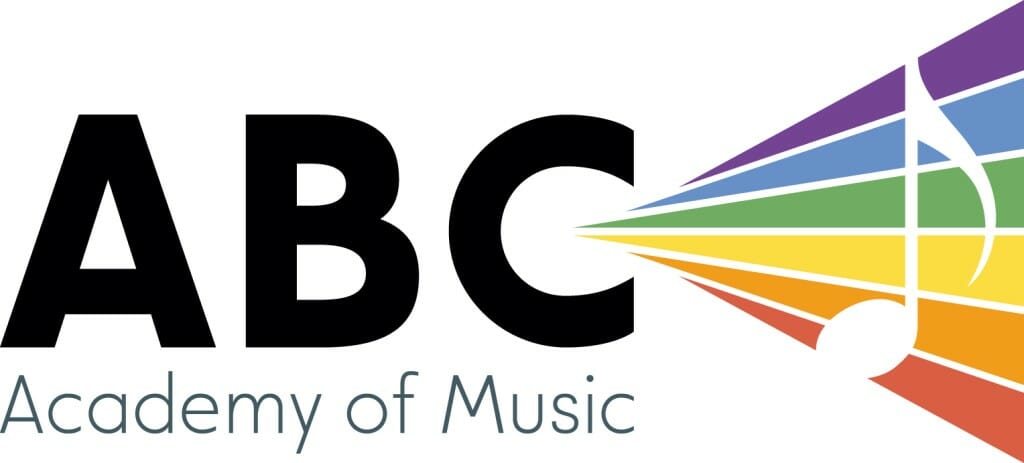Jack
We spent more time on the Back in Black fill, and Jack also got creative with creating a 8 beat rock beat to go with Back in Black! Some compositional genius! We will try to play it with the song at a slower speed!
Nova
We worked on sight reading Hunter Chorus today! Nova remembers music very fast, and could be helpful but harmful when comes to sight reading! Harmful in the sense that it’s easy for her to get lazy and stop reading what is exactly on the page, but helpful because classical music or pop song often repeat itself over phrases. When sight reading, especially now that Nova is new to this skill, identifying several things help: any upward or downward stepwise motion (that way you can relate back to scales you have practised in the past), where are the top and bottom notes and any leaps (could it be derived from arpeggios of the chords in the harmony). We will be doing more of these exercises going forward!
Aleksander
We played through Livin on a Prayer twice with the track! Very proud of your progress with the song! Especially want to make a note on your method of practising. Using metronome, practising at concert speed AND the faster speed were all great ideas to practise your song and getting it performance ready!
Several things to note: to make it easier to reach the crash and the ride back to back, position your arm in the middle of the set, looser wrist and allow the sticks the rebound between the two surfaces! As for hihat, when you are playing repeating 8th/16th notes, put a slight accent on every beat using the push pull motion, that helps locking yourself to the groove!
We will choose a Green Day song to play next week!
Jonah
We worked on sight reading Hunter Chorus today! Jonah remembers music very fast, and could be helpful but harmful when comes to sight reading! Harmful in the sense that it’s easy for him to get lazy and stop reading what is exactly on the page, but helpful because classical music or pop song often repeat itself over phrases. When sight reading, especially now that Jonah is new to this skill, identifying several things help: any upward or downward stepwise motion (that way you can relate back to scales you have practised in the past), where are the top and bottom notes and any leaps (could it be derived from arpeggios of the chords in the harmony). We will be doing more of these exercises going forward!
Let‘s also continue working on the worship song!
Jared
We read through a good chunk of Silhouettes today. Great job going through several tricky licks especially the few involving open close hihats (very common in Japanese anime songs!) For the 16th notes on Hihat, practise throwing the 16th notes in group of four. Loose wrist and accenting first of each grouping helps! Afterwards add in the bass drum groove! Since the song is so fast, try to feel the pulse in bigger groupings.
Mario
Since we revised the same passage, I would like to remind you about this tip. Though it might seem like every section has a different 16 notes lick, its actually always the same rhythm (1 na), except every time its assigned to different instruments, sometimes cymbal sometimes kick. When in doubt, listen to the recording I made and re familiarise yourself with the 1 na rhythm played on hihat and snare (see fourth bar of chorus on first page) THEN relate that to the lick that you have trouble with. If the rhythm sounds similar, you are more or less on the right track :)
You are grasping the rhythm better and better, just sometimes crushing it. Our two slogans are “One little, two little” and “running for my life” (from wrecking ball) You Got this!!
